Art Automobile: A Concours With A Difference
Images: Ameya Mishra
The highlight of my first month in France turned out to be the Art Automobile 2023, a Concours d’Elegance event affiliated with the French Federation of Vintage Vehicles (FFVE). The event was held in the backdrop of Chateau de Neuville in a quaint little commune just outside Paris called Gambais.
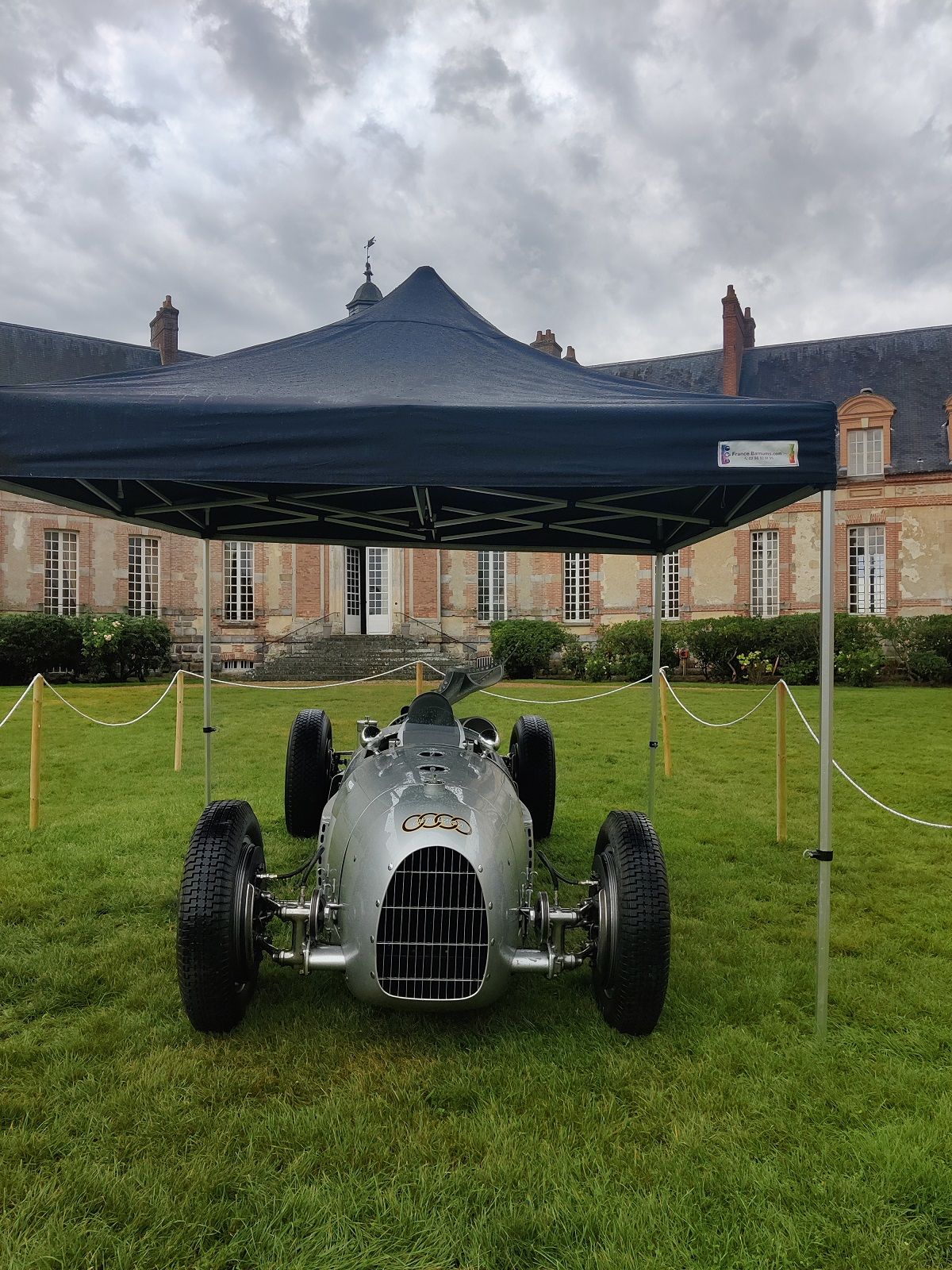
I was fortunate to have the company of our editor, Gautam Sen, who was part of the jury for the Jean-Paul Thevenet Trophy (more on that later).
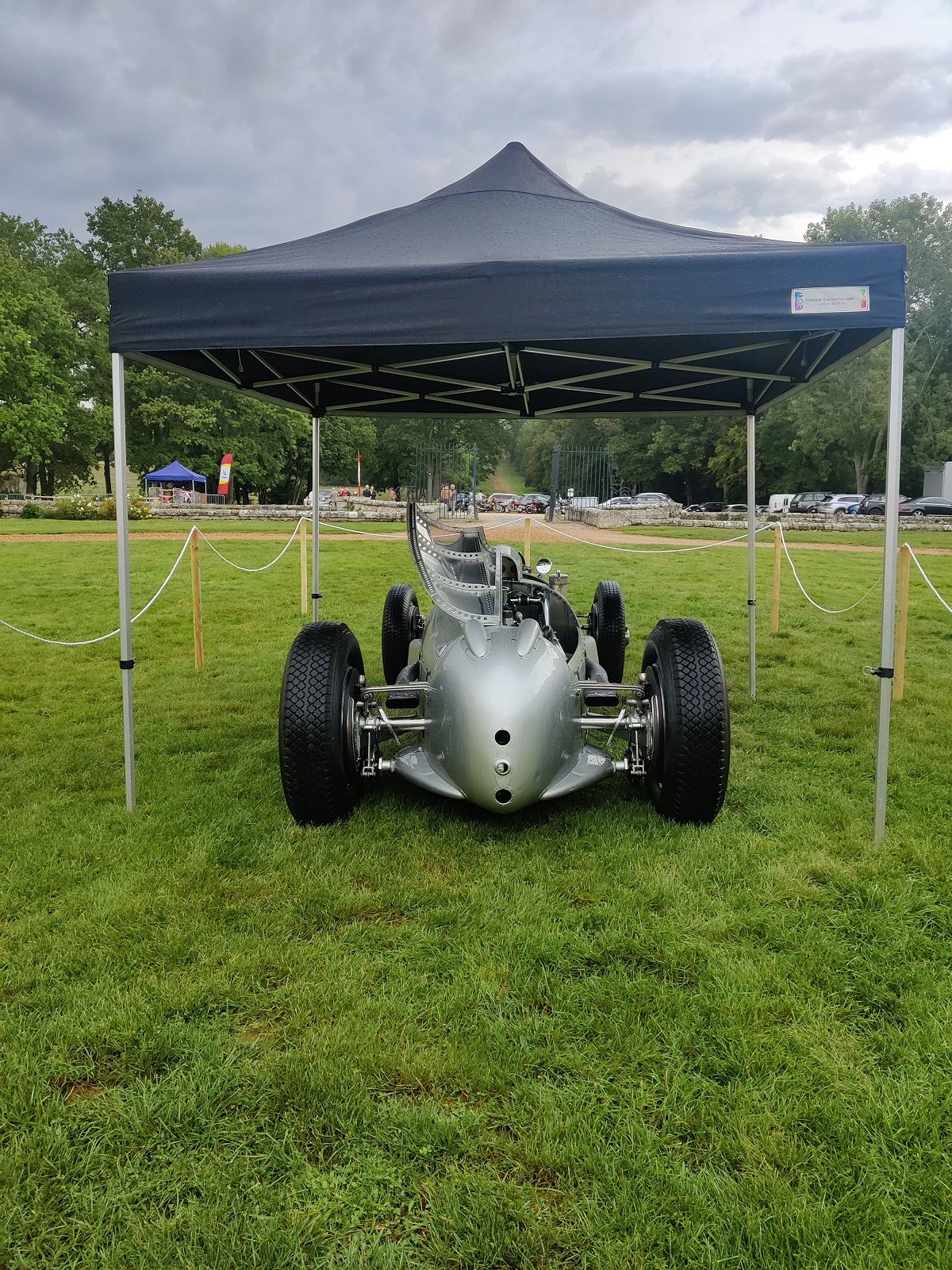
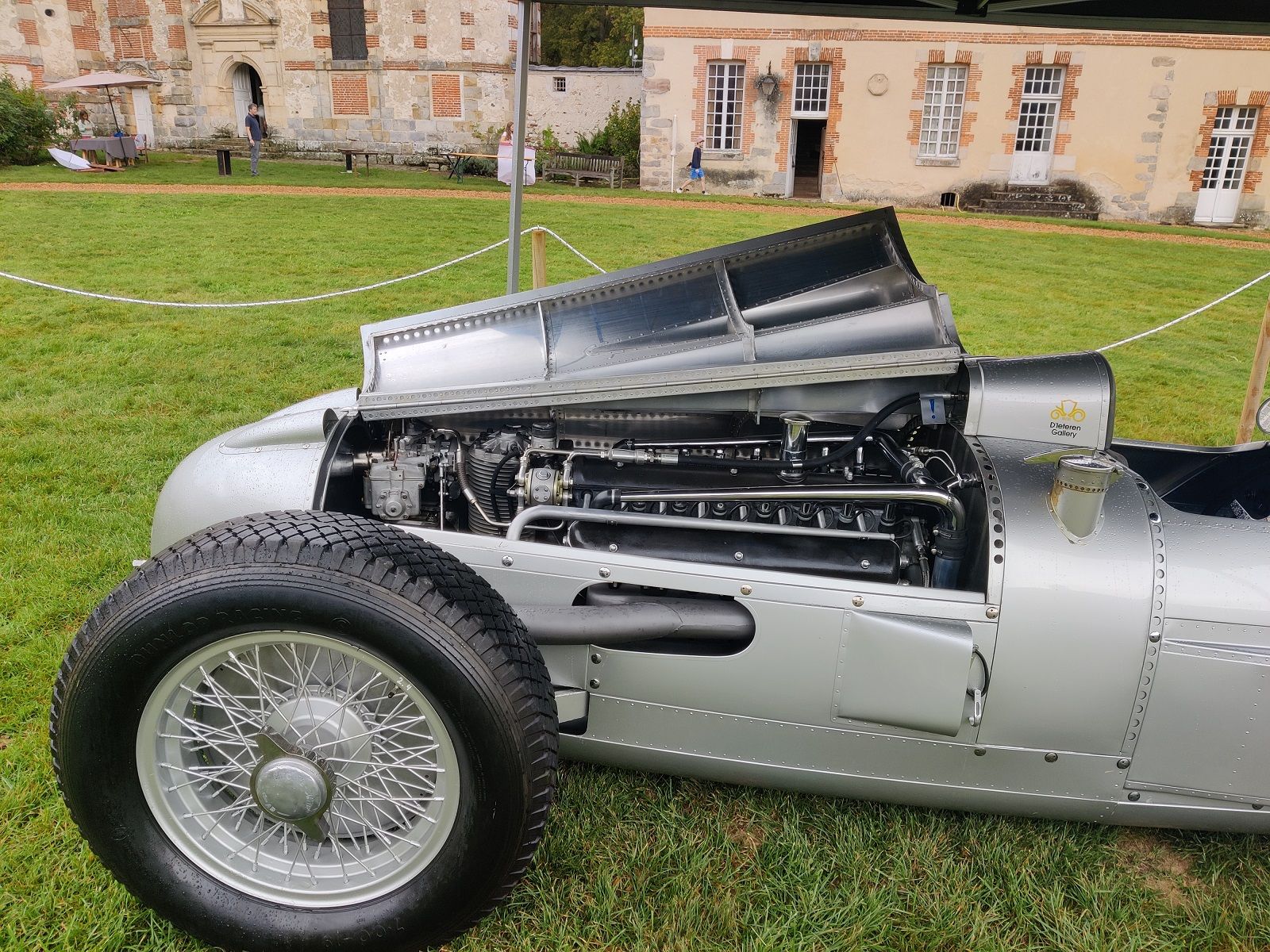
I say fortunate because, on our drive to Gambais (some 70km west of Paris), I received a masterclass on the racing history of Ballot cars by him, who is an authority on the subject. And to my pleasant surprise, a beautiful 1927 Ballot 2-litre with a Lagache & Glaszmann body was participating in the Concours. With a rich racing legacy in the Indy 500 in the 1920s, the Ballots of that era were quicker than the Bugattis.

Please note that this is the same company that had a DOHC engine with four valves per cylinder back in 1921 for their street cars (imagine the race cars then!).


However, the Ballot was not the most interesting car at the event (surprise, surprise!)—in my opinion, it was the sexy little Brazilian from the 1970s called the Puma GT 1600.
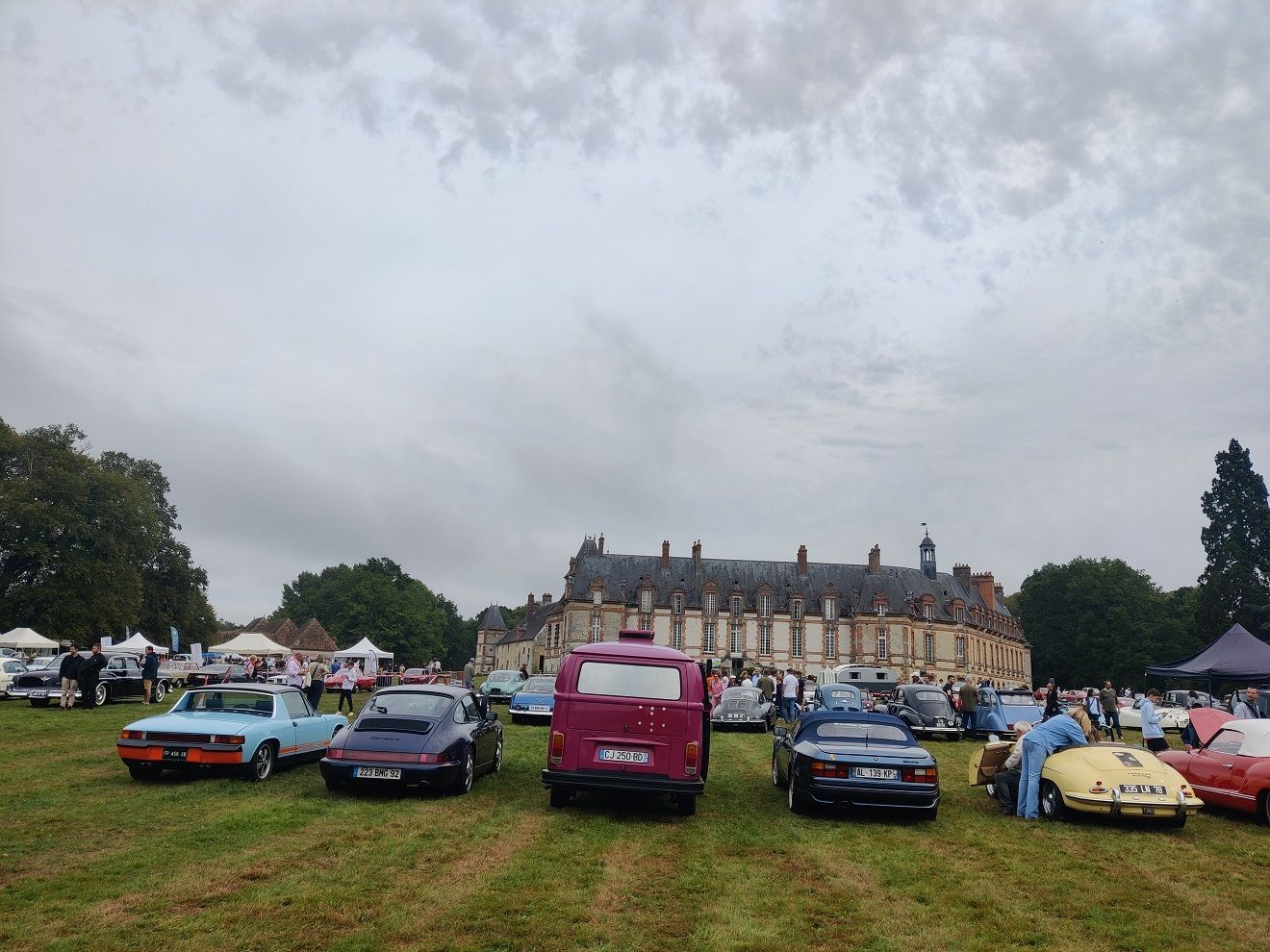
Finished in striking yellow, the Puma is built on a Volkswagen chassis and is powered by a 1.6 litre flat-four linked with a four-speed manual transaxle. It was participating in the category of ‘The Exceptional Car of the Show Jean-Paul Thevenet Trophy’, which segues nicely into the inspiration behind the Jean-Paul Thevenet Trophy.
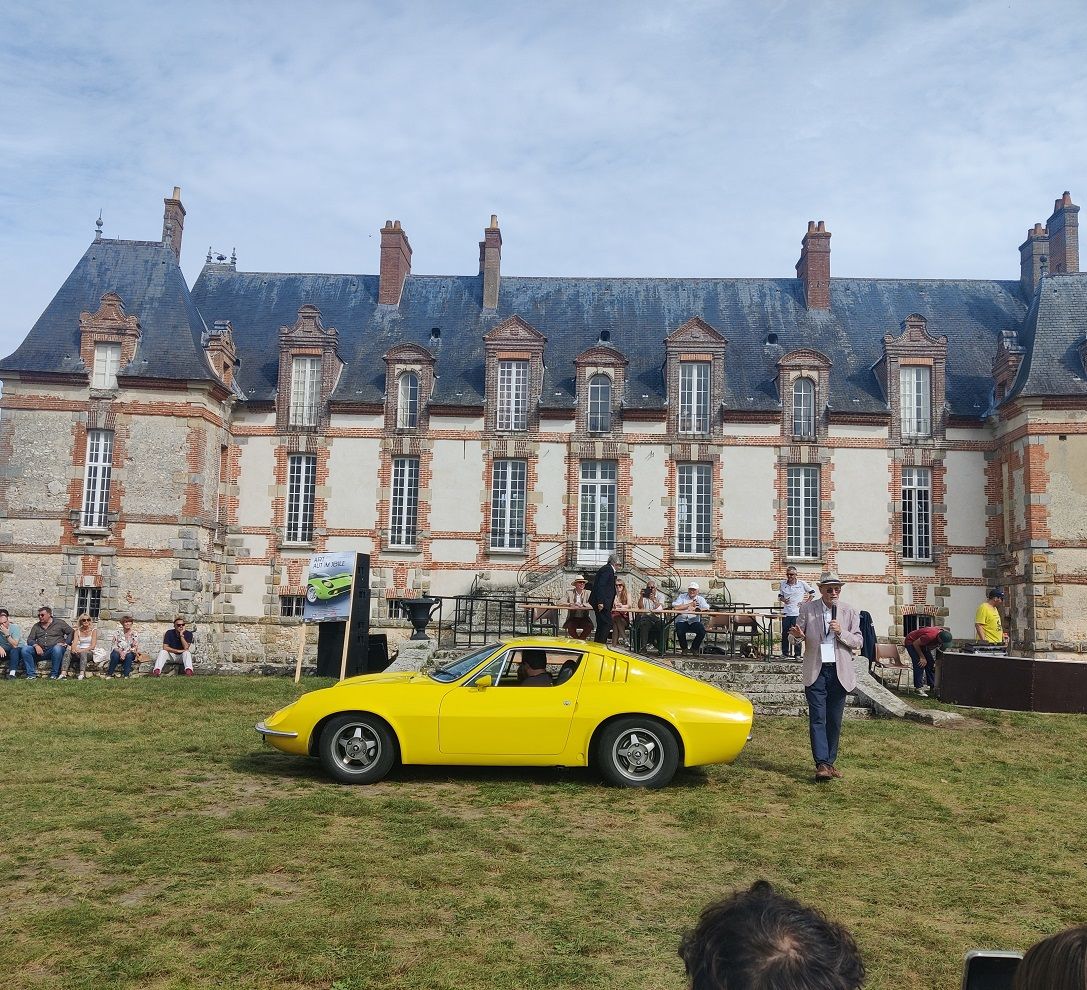
The Jean-Paul Thevenet Trophy is a tribute not only to the organiser of the Concours, Jean-Marc Thevenet’s father, but also to his generation of renowned French journalists (Jose Rosinski, Edouard Seidler, Jean-Francis Held, Johny Rives, etc.) whose writings attracted a young readership fascinated by the automobile at a time when the specialised press was at its peak.

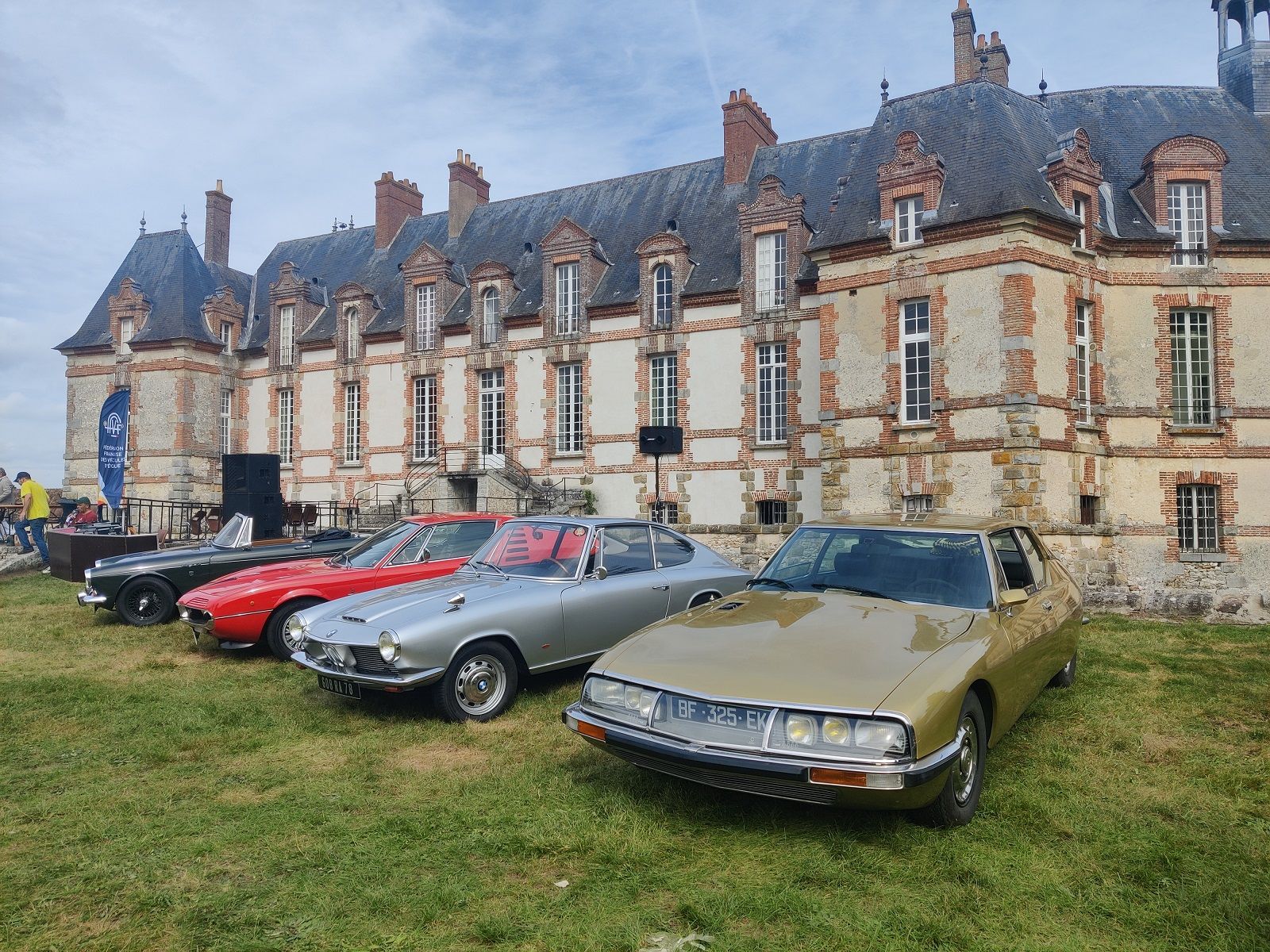
It is a look at automobile production from the 1960s to 1980s, marked by the Trente Glorieuses (the 30 great years), where the virtual absence of restrictions on the roads (good or bad) allowed drivers to dream and manufacturers to be imaginative.
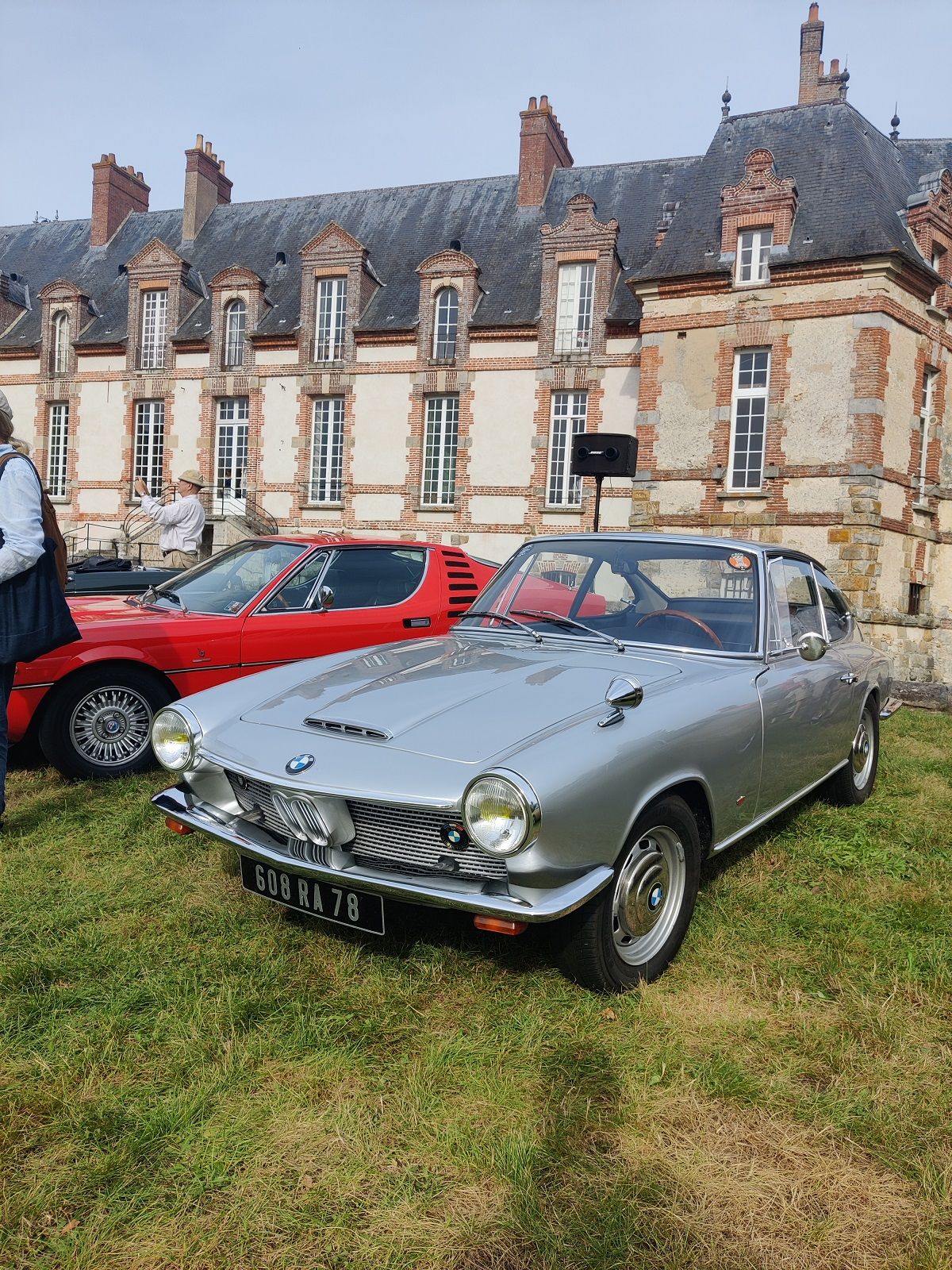
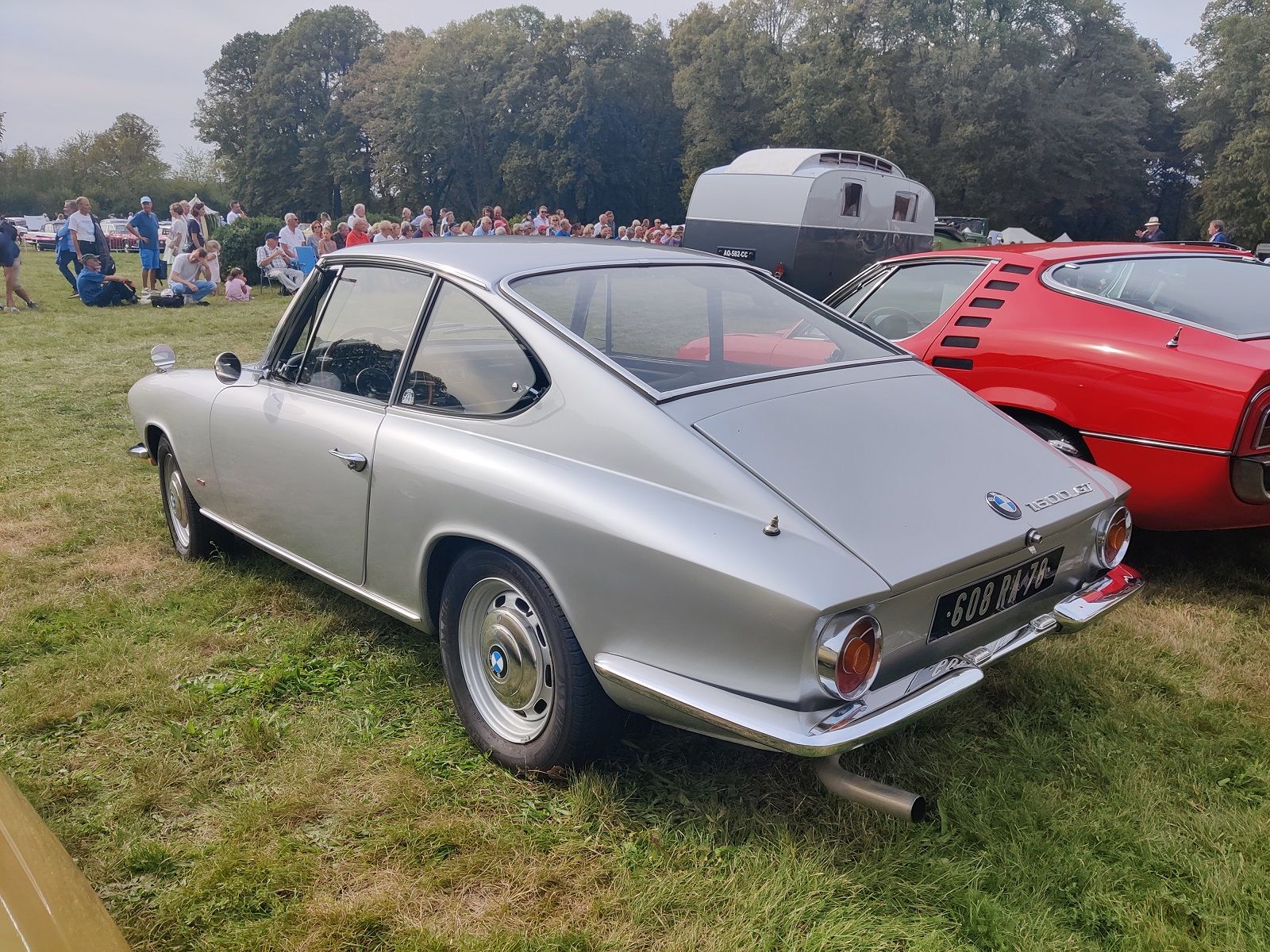
The quirky Puma was my favourite in the category, but to my disappointment, the win was stolen by a rather spectacular looking German, the 1968 BMW 1600 Glas.
The Best of Show Jean-Paul Thévenet Trophy was won by a 1965 Maserati Sebring, which appeared to be the crowd favourite and was a balanced restoration.

The event brought out the best of French enthusiasm. The sight of a cheerful septuagenarian driving her Bugatti Type 37 to the event was heartwarming and one of the highlights for me. A Delage D6 Letourneur et Marchand (owned by a Pierre Letourneur, from the same family) parked next to a Delage D8 Chapron (owned by Dominique Houdayer) was a rare sight to behold, a memory which will be etched in my mind forever.
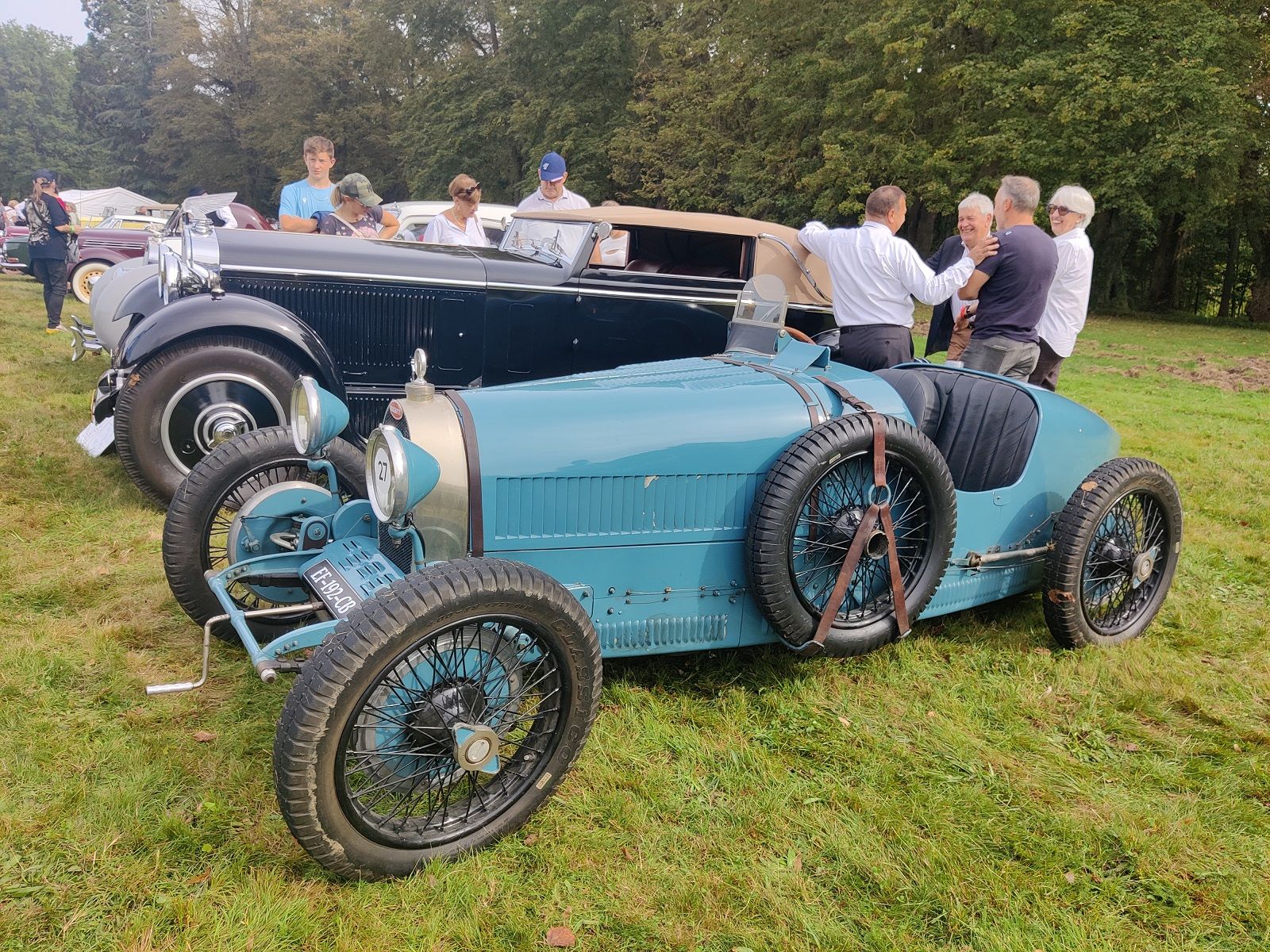
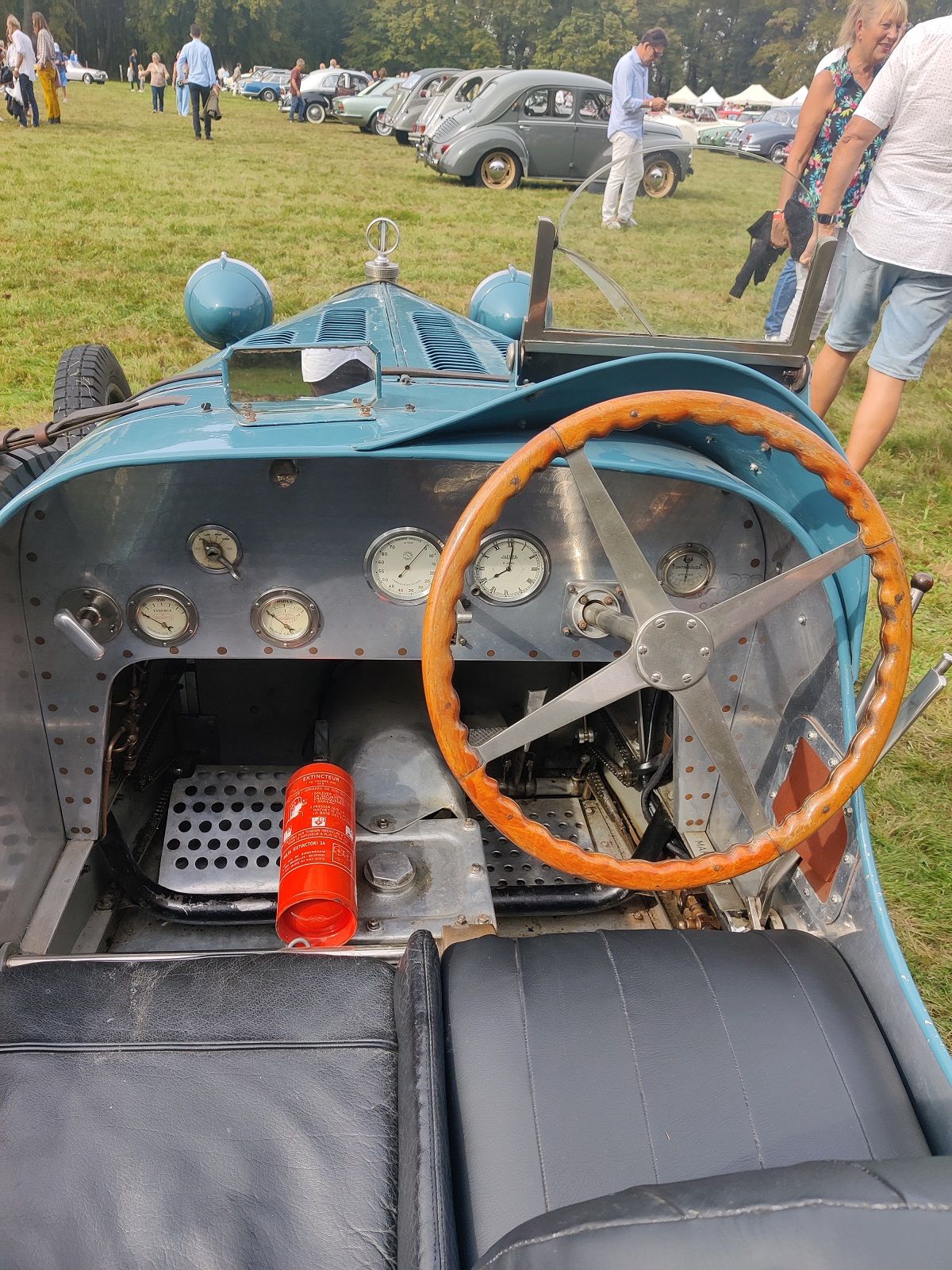
Unsurprisingly, the Delage D6 was adjudged the winner in the post-Vintage (1931-1944) category, and the Delage D8 won the Veterans and Vintage (until 1931) category.

A rare Panhard, the Dyna Junior, also graced the occasion. Although it didn’t win in its category, it indeed won a lot of hearts, for which it deserves an honorary mention. [Fun Fact: Panhard had originally planned to build just 500 Dyna Juniors but decided to increase production in response to the massive demand. It was the first small French sports car of the post-war period, focussing on affordable fun!]

The stars of the show, quite literally, were the 1939 Alfa Romeo 2500SS Touring and its fabulous owners—Frédérique and Jean-Charles Hazet—who didn’t leave any stone unturned with their glamorous period-correct outfits and presentation, sending the crowd into a frenzy, including their pup, who seemed as excited.
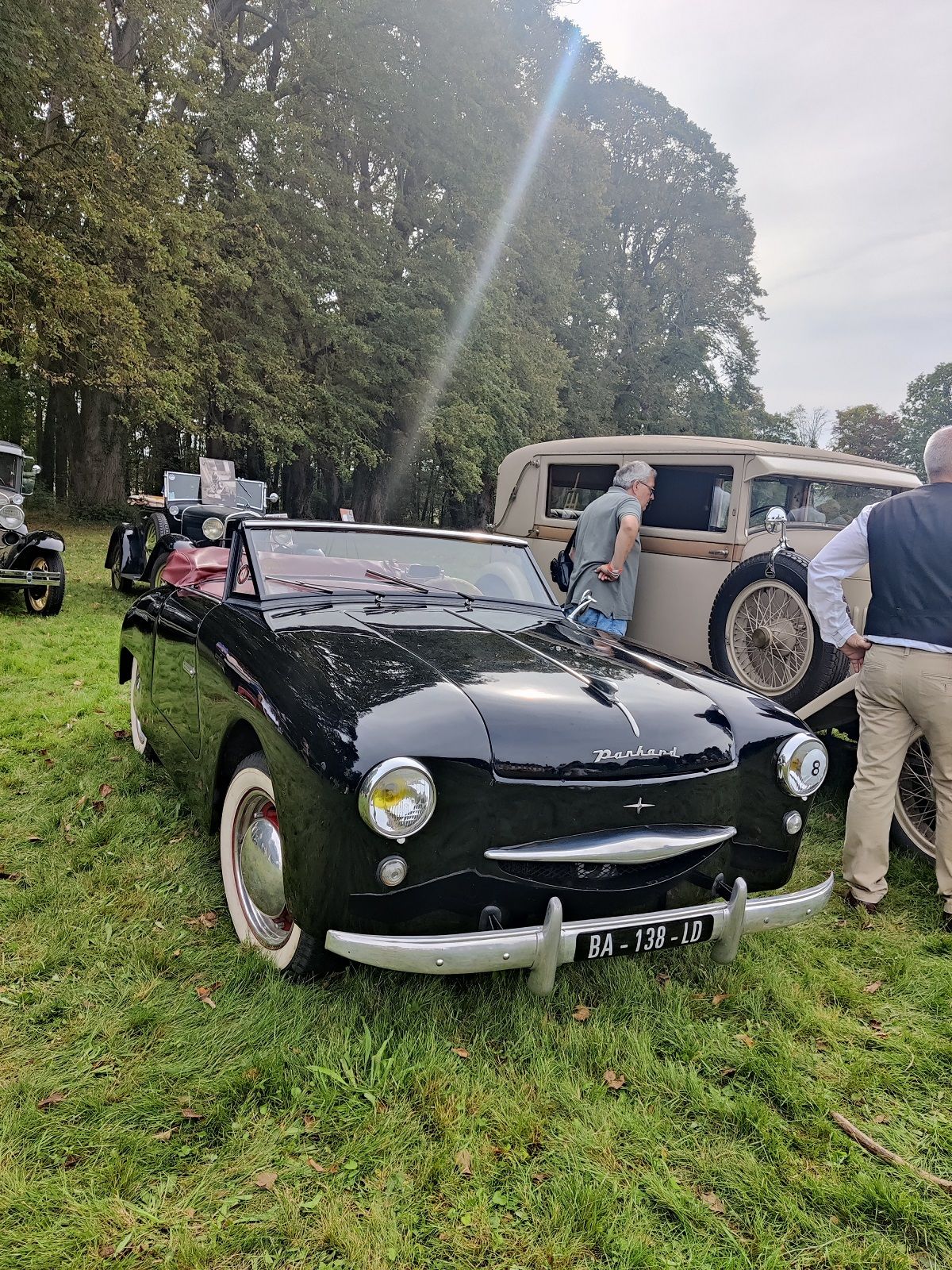
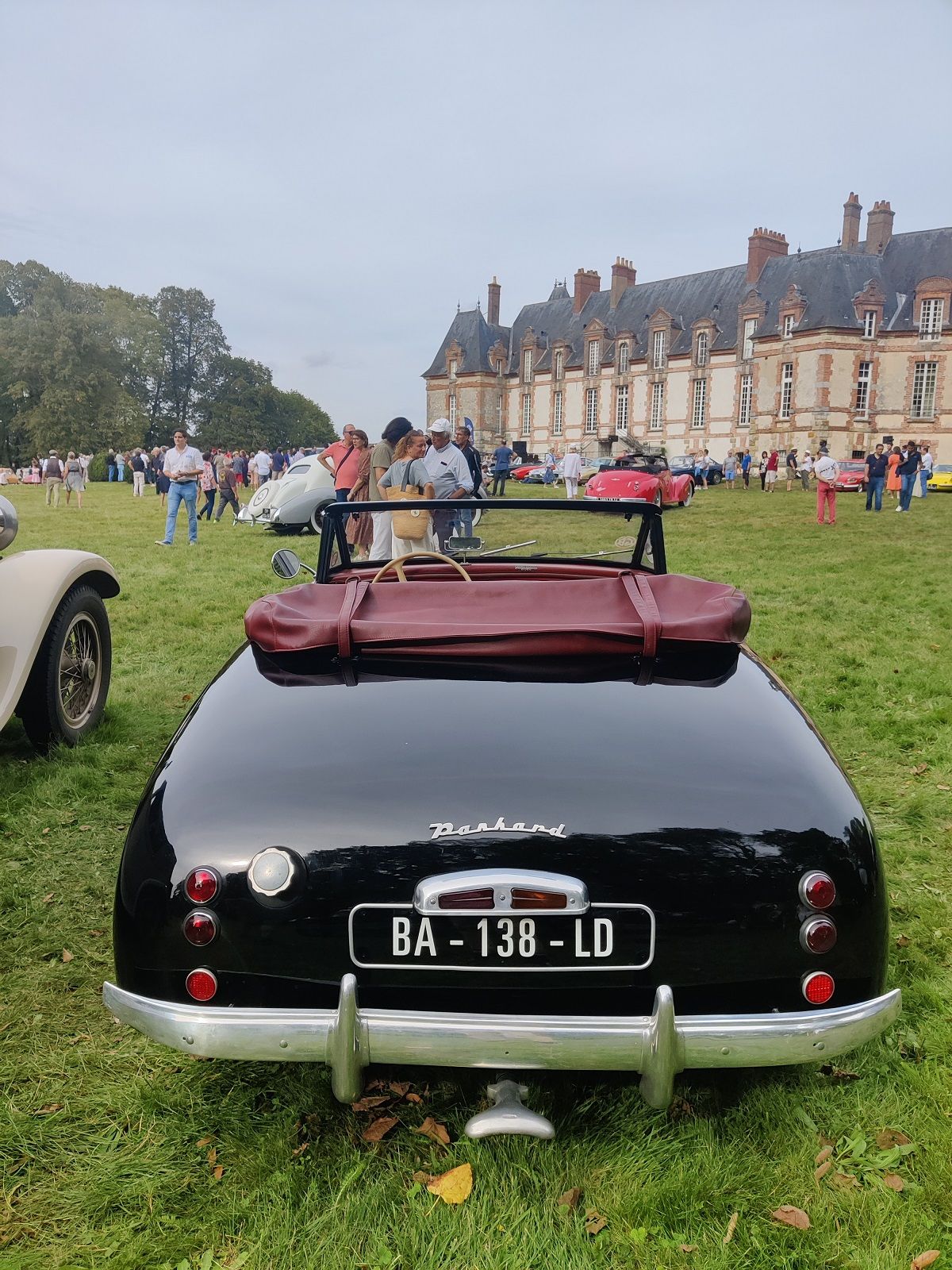
The Alfa Romeo won the Prix d' Excellence (Best of Show).
The other winners included a 1948 Alvis TA 14, which won the Classics (1948-1958) category, and a 1959 Triumph TR3, which won the post-Classics (after 1958) category.
The masters of ceremony for the concours were former FIVA President Patrick Rollet and author Patrick Leseur.
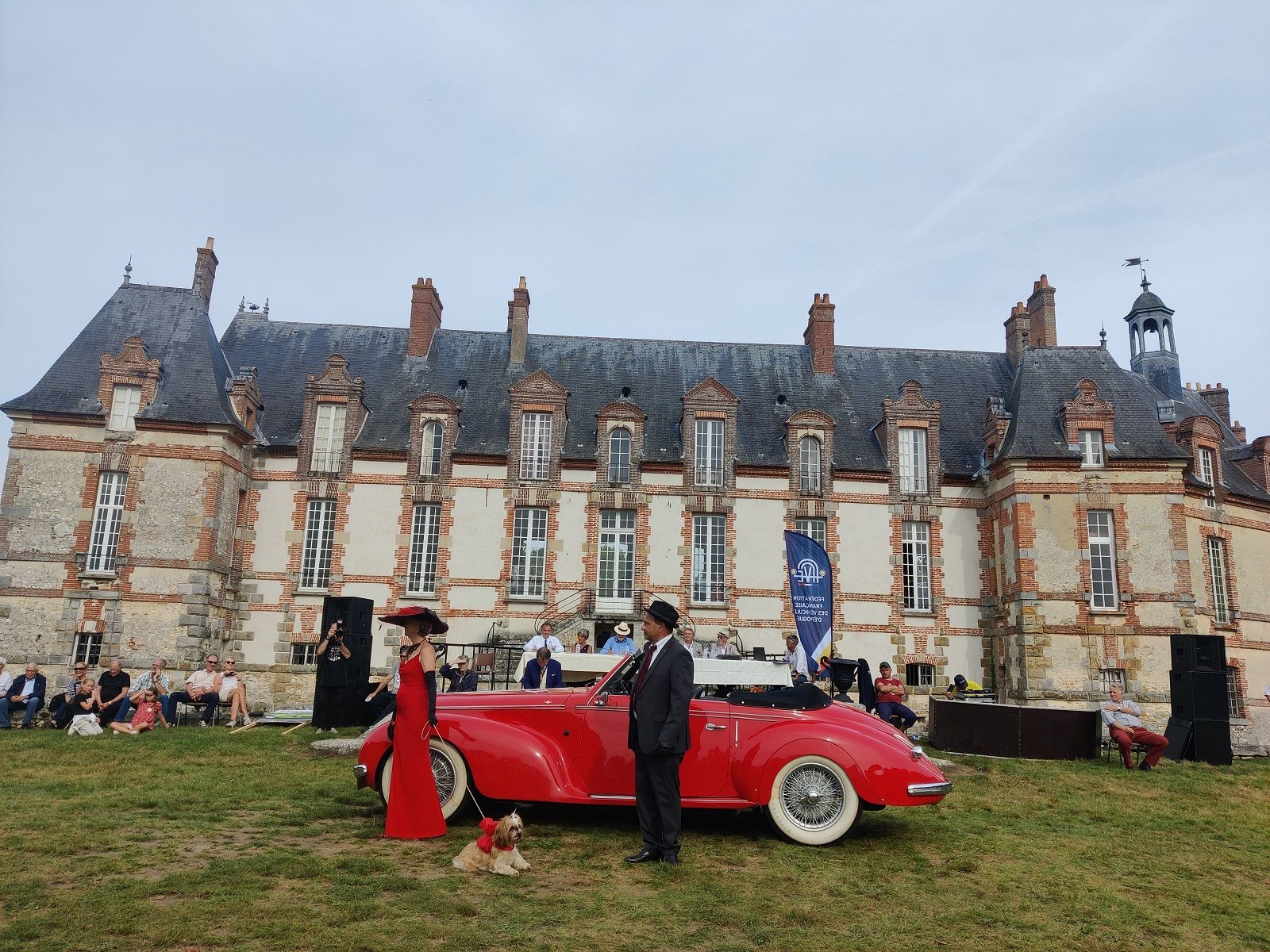
The first Concours d’ Elegance has its origins in 17th century France, and even a relatively small event (with some 150-odd cars participating), such as the Art Automobile 2023, did justice to this French legacy.
Interestingly, there were 28 cars participating in the concours d’elegance a la française, and 17 for the Jean-Paul Thévenet Trophy.

This was my first concours event in France, but rest assured, it will not be my last.
Comments
Sign in or become a deRivaz & Ives member to join the conversation.
Just enter your email below to get a log in link.
